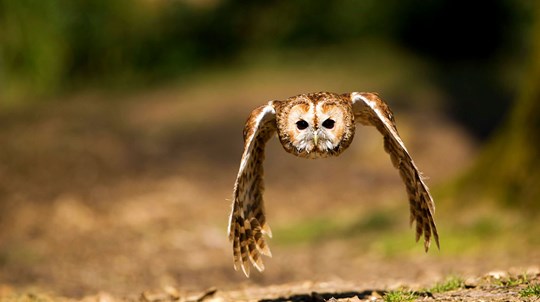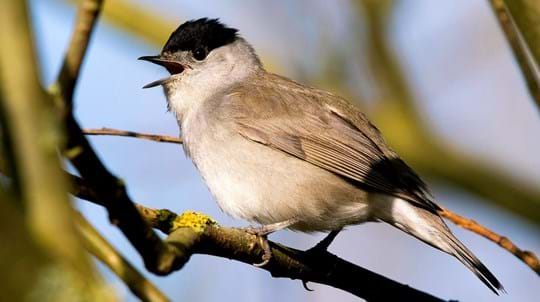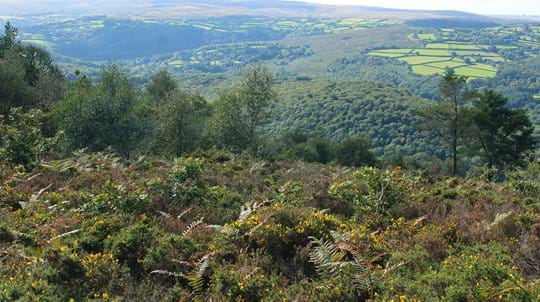
Credit: Gillian Pullinger / Alamy Stock Photo
How do nightjars breed?
These birds usually breed from late May to August. They do not build a nest, instead laying eggs directly on the ground, where their bark-like camouflage helps them resemble a log. They lay approximately two eggs, and usually have two broods while in the UK. After around 20 days the chicks hatch, fledging a couple of weeks later.









